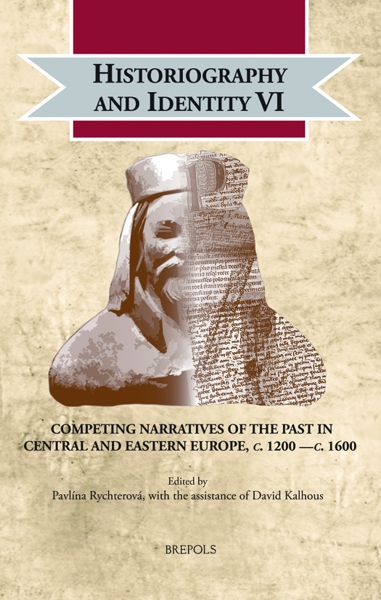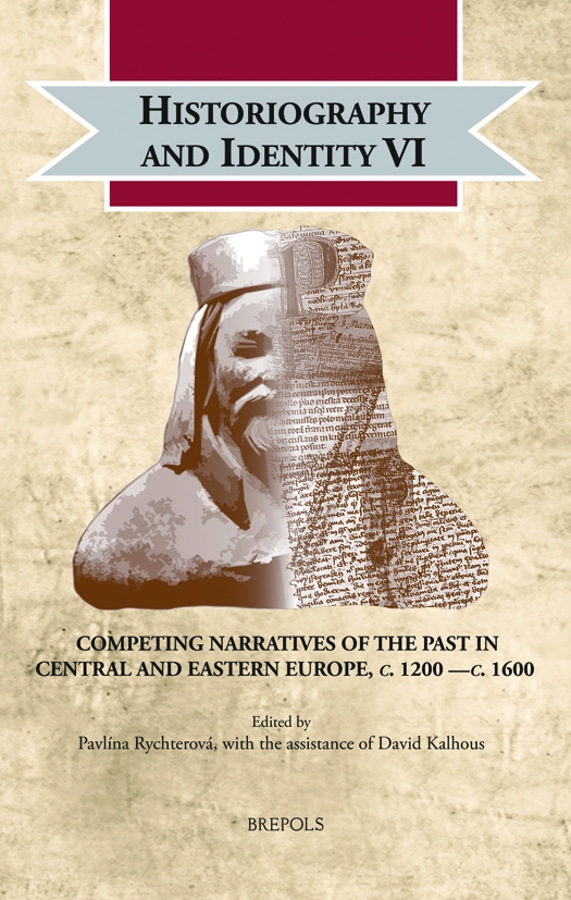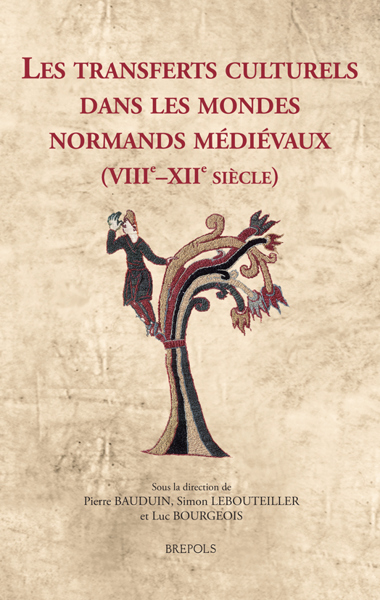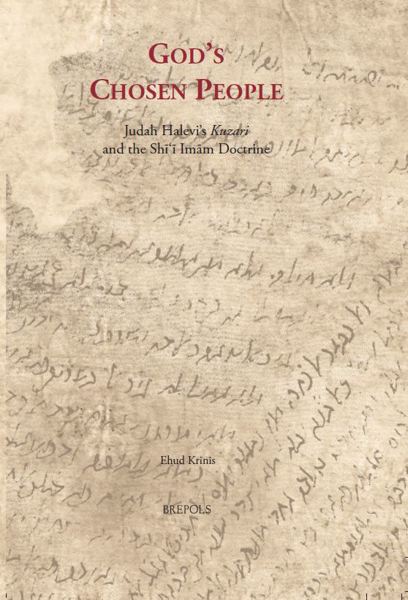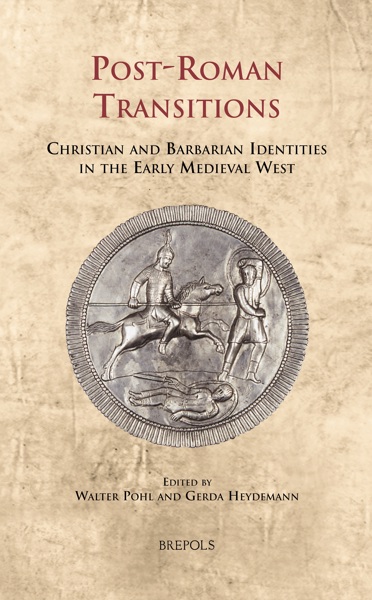
Historiography and Identity VI: Competing Narratives of the Past in Central and Eastern Europe, c. 1200 —c. 1600
Pavlína Rychterová (ed)
- Pages: xii + 468 p.
- Size:156 x 234 mm
- Language(s):English
- Publication Year:2021
- € 120,00 EXCL. VAT RETAIL PRICE
- ISBN: 978-2-503-58545-1
- Hardback
- Available
- € 120,00 EXCL. VAT RETAIL PRICE
- ISBN: 978-2-503-58546-8
- E-book
- Available
The volume discusses narratives of identification in late Medieval eastern central Europe written in Latin as well as in various vernaculars emerging as the new political languages in the time.
« Sachons gré à l’éditrice d’avoir su préserver la polyphonie des approches et de nous permettre ainsi de trouver dans ce beau volume tout à la fois de quoi nous informer, réfléchir et débattre. » (Olivier Marin, dans Francia-Recensio, 1, 2022)
Dem in vielerlei Hinsicht bemerkenswerten Gesamtvorhaben ist es zu wünschen, nachhaltige Spuren in der internationalen Forschung zu hinterlassen. (Sven Jaros, in der Historischen Zeitschrift Heft 316/2, 2023, p. 447)
« Dans son ensemble, ce volume intéressera tout historien concerné par les recherches sur l’identité médiévale, qu’il soit spécialiste de l’Europe centrale et orientale ou non. La collection à laquelle il appartient favorise encore davantage les réflexions comparatives. » (Paul-Antoine Météier, dans Le Moyen Age, 129/1, 2023, p. 246)
The volume discusses Central European and Eastern Central European historiographies of the High and Late Middle Ages. It deals with histories written in a time which brought about a profound differentiation of medieval societies in these regions. As new social classes achieved economic and political power, the demand for reassuring identifications grew more pressing. Narratives of the past were tailored specifically for distinct social groups, often using vernacular languages instead of the universal language of elite education, Latin.
The volume pays attention to the interplay between languages and focuses on the strategies that individual works developed in order to balance the many alternative modes of identification. Filling a significant scholarly gap, the volume offers important insights into narratives of identification written in Latin and in the various vernaculars emerging as the new political languages of the period.
Introduction — PAVLINA RYCHTEROVÁ AND DAVID KALHOUS
A Past that never was: Creating collective identities
The Terms ‘Polans’, ‘Poles’, ‘Poland’, and their Historiographical Context in Medieval Poland and Rus’ — PAWEŁ ŻMUDZKI
People, Realm, and Dynasty in the Fourteenth Century – Chronica de gestis Hungarorum — JÁNOS M. BAK
Master Vincent and his Making of the Oldest History of the Lechites-Poles — JACEK BANASZKIEWICZ
Narrating for Specific Communities? The Case of the Österreichische Chronik von den 95 Herrschaften — MATTHIAS MEYER
How to Create a Hussite Identity? The Hussite Chronicle by Lawrence of Březová — PAVLÍNA CERMANOVÁ
The Realm and its People: Re-writing Political Identities
The Hungarian-Polish Chronicle as the Polish-Hungarian Perspective on the Earliest Hungarian and Polish History — RYSZARD GRZESIK
The Chronicle of the so-called Dalimil and its Concept of Czech Identity — PAVLÍNA RYCHTEROVÁ
Literary Reminiscences in the Characterization of the Bohemian King Wenceslas II (1283–1305) and his Contemporaries in Ottokar from the Geul’s Styrian Rhymed Chronicle — VÁCLAV BOK
Slavonic and Czech Identity in the Chronicon Bohemiae by Přibík Pulkava of Radenín — VÁCLAV ŽŮREK AND PAVLÍNA RYCHTEROVÁ
The Rhymed German Translation of the Chronicle of the So-Called Dalimil and its Strategies of Identification — VLASTIMIL BROM
From Dynasty to Noble Identity: The Development of the Historical Tradition in the Chronicles of the Grand Duchy of Lithuania in the Fifteenth and Sixteenth Centuries — RIMVYDAS PETRAUSKAS
Local and Regional Identities in a Dialogue
Versus Lubenses: Ethnic Differences, Political Identification, and the Cohesion of Social Groups in Thirteenth- and Fourteenth-Century Silesia — PRZEMYSŁAW WISZEWSKI
Affective Strategies for Narrating Community: Jans (the) ‘Enikel’’s Fürstenbuch — CHRISTINA LUTTER
Historical Memory and Local Identity: Jan Długosz and the Church in Cracow — PIOTR WĘCOWSKI
The Chronicles of the Teutonic Order in Prussia in the Fourteenth and Fifteenth Centuries — MARCUS WÜST
Annals, Chronicles, and Saints: Monastic Narratives in Early Austrian Historiography and their Perception by Local Elites — MARTIN HALTRICH
Adam a German? The Ethnic Element in Swabian Chronicles of the Fifteenth Century — JÖRG SONNTAG
Index
